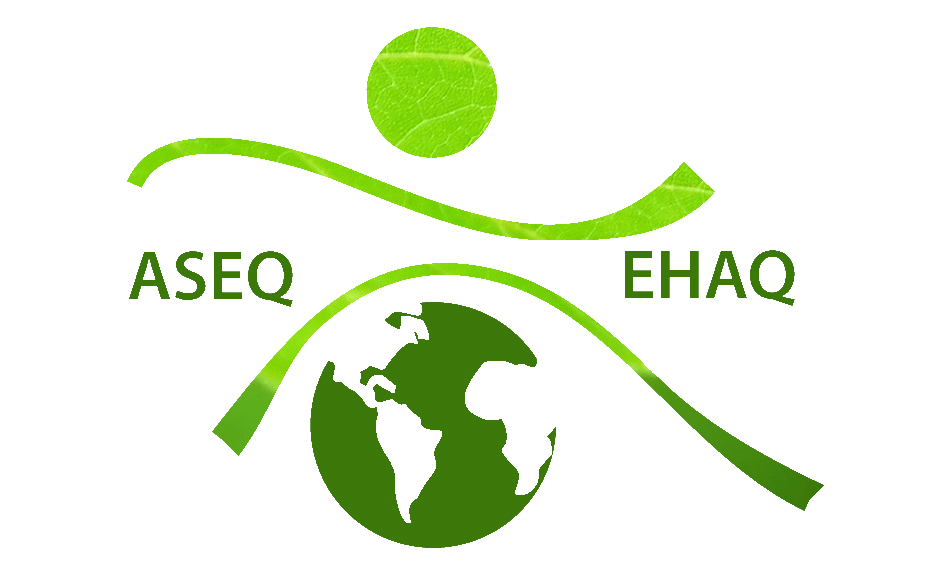Persistent Organic Pollutants (POPs): Why They Should Be on Your Radar
POPs. Nope, not as in soda, the fizzy liquid that we drink despite our better judgement. I’m talking about POPs: persistent organic pollutants. Unfortunately, it isn’t as fun as soda, but that doesn’t mean we should ignore it. As a result of their past and ongoing uses, POPs are deeply engrained into our global environment, quickly becoming a massive problem not just for our ecosystems but for our health too. No longer can we turn a blind eye on this issue – rather, we need to understand what they are, where they originate from, and why we should be more concerned about their ever-growing presence.
What are POPs?
POPs are toxic chemicals that are not only threatening to just one specific country or region – once they find themselves in the environment, they can be easily spread over long distances and through the food chain. This means that POPs can be found in regions where they are not known to be used or produced, such as the Arctic. They can spread and rather than gradually becoming less concentrated, the opposite happens. In a process called biomagnification and bioaccumulation, POPs become more and more concentrated the higher along the food chain they find themselves in (World Health Organisation, 2020). In other words, the higher the POPs get in the food chain, the more concentrated they become and the more dangerous they are to whatever or whoever has been exposed to it.
You might be wondering how and why they come to be produced. They can fit into the following categories below (United States Environmental Protection Agency, 2002):
- Created for agricultural purposes (such as pest and disease control)
- Created for industrial purposes
- By-product from industrial and incineration processes
What Does it Mean for Human Health?
Now here we go. There are – obviously – repercussions to man-made chemicals in the form of health compromises. According to the UN Environment Programme (n.d.), exposure to POPs has the potential to lead to the following health issues:
- Cancer
- Allergies
- Hypersensitivity
- Nervous system effects
- Reproductive system effects
- Immune system effects
- Developmental impairment and other birth defects
The most common way to be exposed to POPs is through what we consume (through meats and produce), with other additional forms of exposure including drinking water and direct contact (United States Environmental Protection Agency, 2002). Furthermore, it should be known that POPs have the potential to be transferred to children through breast milk. A study obtained 206 samples of breast milk from mothers in Belgium, where they discovered 15 of 23 studied POPs (Aerts et al., 2019). Dietary (consumption of fatty fish, fish-oil supplements, and home-grown eggs), and non-dietary factors (place of residency, being breastfed during childhood, maternal age and BMI) were the major determinants of specific POPs’ concentration in individual samples of breast milk (Aerts et al., 2019).
What is Being Done
A global treaty in the form of the Stockholm Convention on Persistent Organic Pollutants came into existence in the beginning of the 21st century. Understanding that there needs to be regulation when it comes to POPs, the Convention’s objective is to ensure that human health and the environment are not greatly impacted by these chemicals. They ask that countries involved either restrict or eliminate the production and use of certain POPs (Government of Canada, 2020). Starting off with 12 POPs on their radar, the Convention has since expanded their scope of focus, gradually adding more POPs to their list (United States Environmental Protection Agency, 2002).
With countless countries taking part in this treaty, the production and use of POPs can be monitored and better managed than it was in the past. After all, as a result of their ability of long-range travelling, all countries are impacted. It is only with global agreement and effort that a dent can be made in this issue. It is good to see, then, that Canada was aware of the repercussions that came with the usage of POPs, and thus was the first country to sign and ratify the Convention in 2001 (Government of Canada, 2020). The actions of one country can and will impact other countries miles away.
References
Aerts, R., Overmeire, V. I., Colles, A., Andjelković, M., Malarvannan, G., Poma, G…Hond, D. E. (2019). Determinants of persistent organic pollutant (POP) concentrations in human breast milk of a cross-sectional sample of primiparous mothers in Belgium. Environment International, 131. Retrieved from https://www.sciencedirect.com/science/article/pii/S0160412019309080
Government of Canada. (2020, April 27). Persistent organic pollutants: Stockholm convention. Retrieved from https://www.canada.ca/en/environment-climate-change/corporate/international-affairs/partnerships-organizations/persistent-organic-pollutants-stockholm-convention.html
World Health Organization. (2020, November 2). Food safety: Persistent organic pollutants (POPs). Retrieved from https://www.who.int/news-room/questions-and-answers/item/food-safety-persistent-organic-pollutants-(pops)
UN Environment Programme. (n.d.). What are POPs? Retrieved from http://chm.pops.int/TheConvention/ThePOPs/tabid/673/Default.aspx
United States Environmental Protection Agency. (2002). Persistent organic pollutants: A global issue, a global response. Retrieved from https://www.epa.gov/international-cooperation/persistent-organic-pollutants-global-issue-global-response
